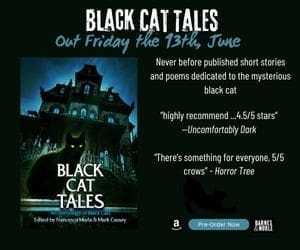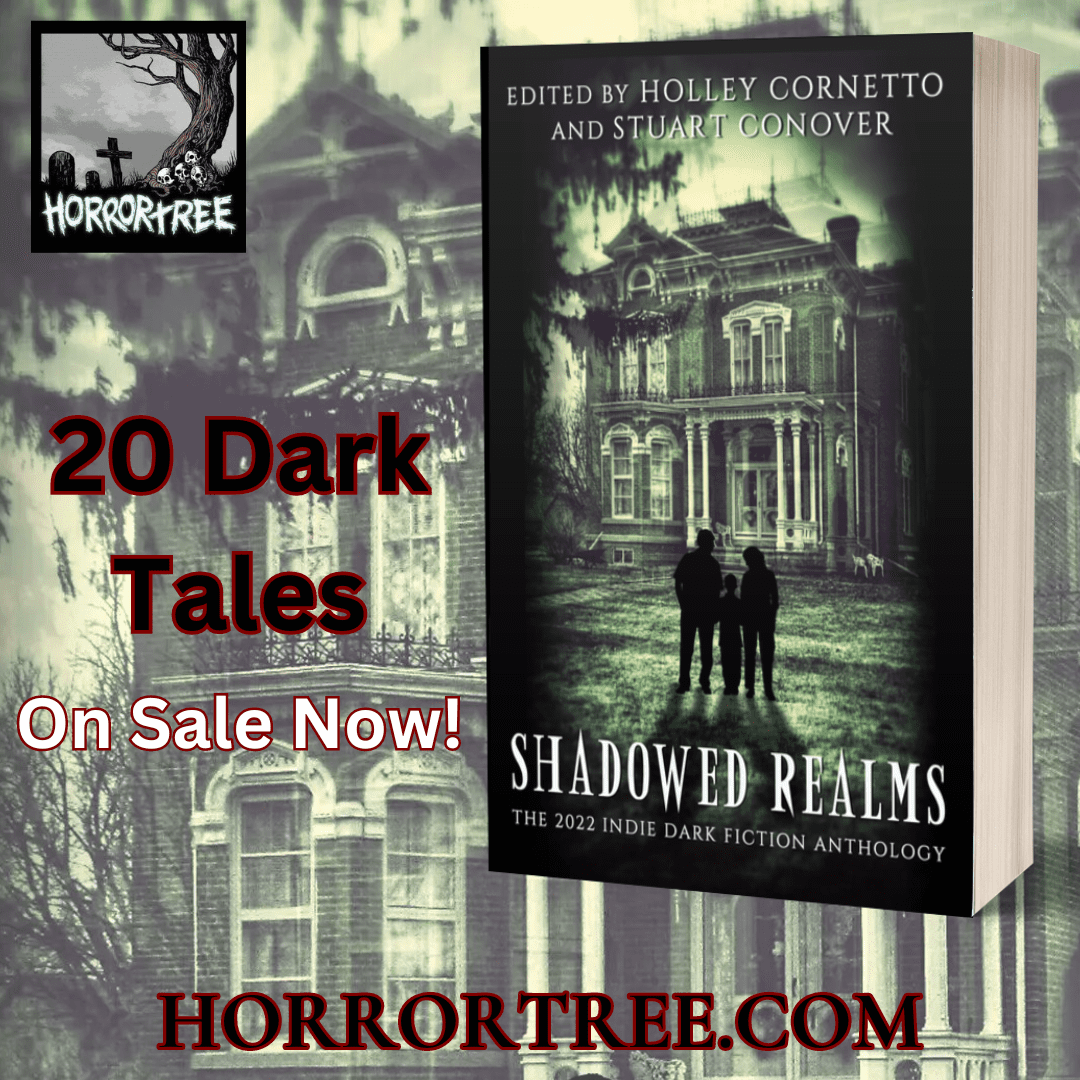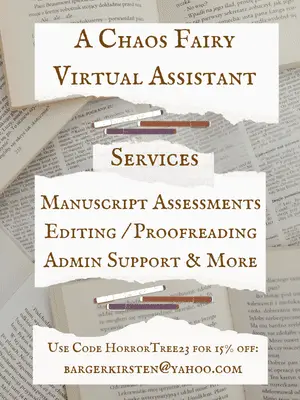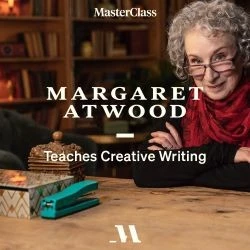Epeolatry Book Review: Midnight Streets by Phil Lecomber

Disclosure:
Our reviews may contain affiliate links. If you purchase something through the links in this article we may receive a small commission or referral fee. This happens without any additional cost to you.

Title: Midnight Streets
Author: Phil Lecomber
Genre: Mystery, Thriller, Suspense
Publisher: Titan Books
Publication date: 18th March, 2025
Synopsis: A pacy, evocative dark historical thriller about a working-class private detective in 1920s London’s Soho, who has grown up alongside the morally dubious characters who are key to cracking the cases he investigates, for fans of Dominic Nolan and Laura Shepherd Robinson.
When Cockney private detective George Harley saves a young girl’s life on a dark London night in 1929, he doesn’t realise it marks the beginning of an investigation which will change his life forever. The incendiary novel which inspired the girl’s abduction also seems to be linked to a series of grisly murders that are taking place on Harley’s patch, and though he’s delighted to be asked by Scotland Yard to help find the killer before they strike again, he could do without the local razor- and cosh-wielding mobsters thinking he’s a police informant.
Set during the Golden Age of Crime Fiction, Harley’s world is a far cry from the country house of an Agatha Christie whodunnit. This working-class sleuth does his ‘sherlocking’ in the frowzy alleyways and sleazy nightclubs of Soho – the city’s underbelly – peopled with lowlife ponces, jaded streetwalkers, and Jewish and Maltese gangsters: a world of grubby bedsits, all-night cafés, egg and chips, and Gold Flake cigarettes.
Here, the midnight streets are black as pitch and, as Harley finds himself embroiled in the macabre mysteries of a city in which truth is as murky as the pea-souper smog, he begins to realise he may never find a way out.
Midnight Streets would probably have been a perfect, escapist, late-night read for me; one that I would have zipped through in page-turning enjoyment and then just as speedily forgotten about by the time I moved on to my next book. I started reading it, and I was like “Why is this familiar?” It would have remained an unsolved mystery (unlike the book) but luckily I remembered, about halfway through the novel. Because Phil Lecomber took what might have risked being a predictable noir story, and surprised me by making it engaging and distinctive through his attention to historical detail and to the dynamic social and cultural setting of London in 1929. This is what I remembered halfway through; my discovery of, and resultant fascination with, this era in time, or, perhaps more accurately, a certain subculture of people shaking things up in London during this time—ever since I picked up a book from Barnes & Noble many years ago (I still have it in my collection!); titled Among the Bohemians: Experiments in Living 1900-1939 as written by Virginia Nicholson.
If you haven’t read this book, or even heard of it, I’m tempted to insist you read it before diving into Midnight Streets, as it adds a fascinating layer of historical accuracy by immersing the storyline in the atmosphere of this societal and cultural transformation taking place in London at this time. Because it’s not just a creation of the author’s imagination; it again, feels very historically evocative, and it’s an era in which I would have loved to be a “fly on the wall” to experience as an observer. This is what Midnight Streets gives me; accuracy down to the appearance of an enigmatically rogue cat character as befitting the wild bohemian-implied lifestyle captured in the book.
I loved it so much that the few places where I was thrown out of the story really stood out for me, and so I would be remiss if I didn’t mention them. I think, perhaps, one more editorial pass could have fixed these. Little things like sentences opening with a same repeated phrase, an awkward chapter-to-chapter transition (an awkward chapter cliffhanger, at least once), and a mention of one of the characters described as being a “well-brought-up suburban girl”. I could be wrong, myself, but it felt out of place, and a little too early in time to reference the suburbs. At least, the usage of the term “suburbs”, which might have not come into play until later, in America. I think England did start to have something similar to suburbs about this time, but I think they were called by a different name—garden cities, perhaps? (Feel free to recommend a book to me about the history of suburbs in England and I’ll check it out! I’ve read a few about the history of the suburbs in the United States, so I’d relish expanding my literary repertoire on this subject.)
So, to sum up, I’d definitely recommend this Piccadilly Noir tale as one that will stay with you even after the thick London Fog lifts. I really appreciated the historical attention to detail that Phil Lecomber added to the storyline. Thanks to Titan Books for another great read!

![]() /5
/5












